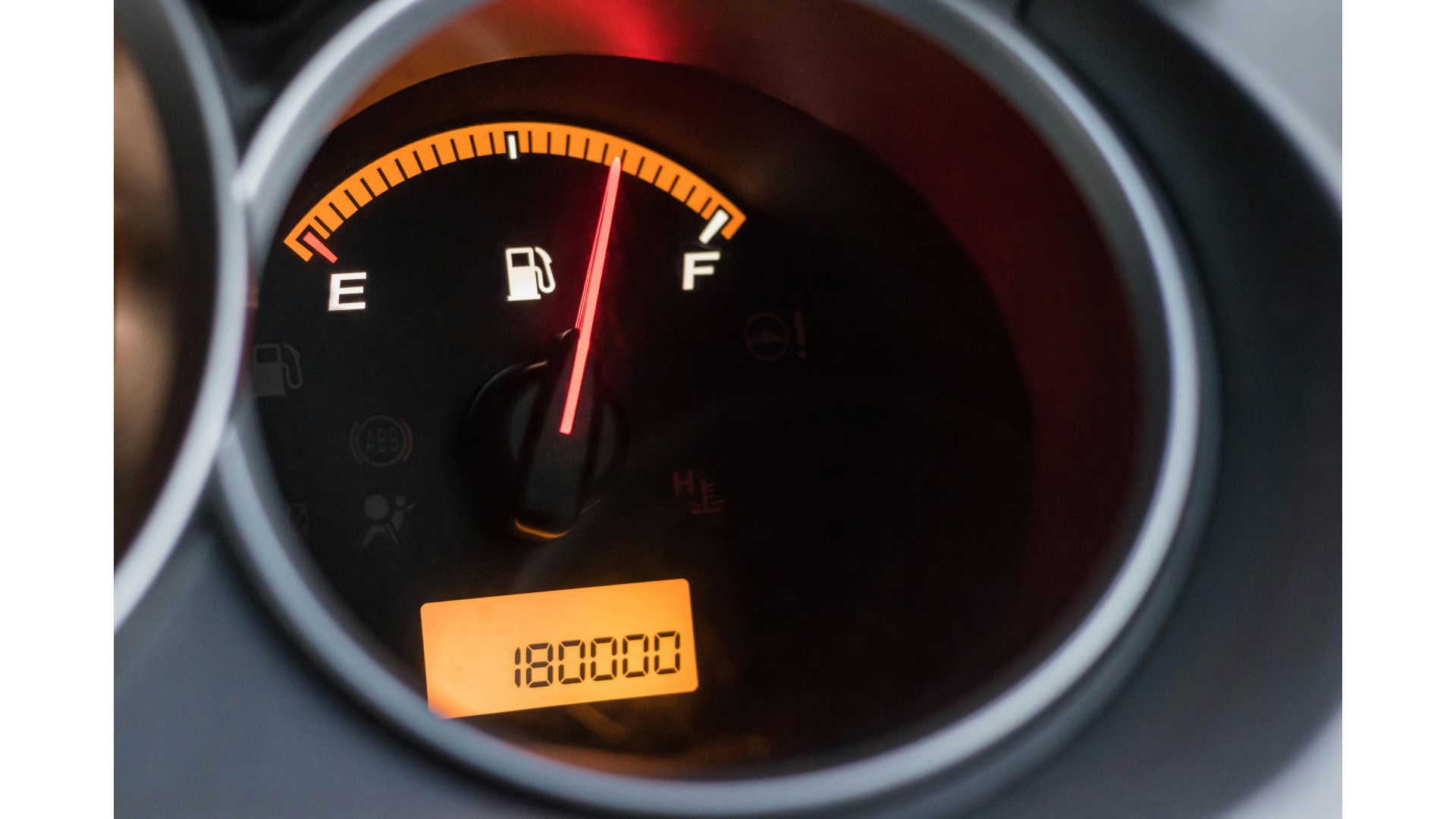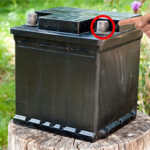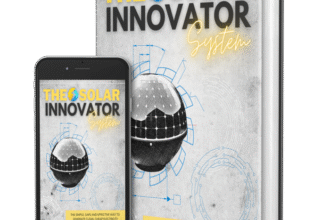From Brain Fog to “Aha!”: Getting (Sort of) Clear on What Synthetic Fuel Actually Means
Let’s just say it — if the words synthetic fuel make your eyes glaze over or your brain fizzle like an over-microwaved burrito, you are far, far from alone. There’s something about the phrase — sterile, mechanical, vaguely villainous — that makes people back away slowly, like it’s about to bite. And yet here we are, standing in the midst of a global energy crisis, climate dread swirling like morning fog, and suddenly everyone’s tossing around terms like “e-fuels” and “carbon capture” like they’re ordering drinks.
It’s confusing. Frustrating. Infuriating, even. And maybe a little bit inspiring too? If you squint.
So, yeah — let’s unpack this, together, awkwardly and imperfectly. Like two people at a party trying to pretend they understand the same inside joke. You’re here, I’m here, and we’re diving in.
1. “Synthetic Fuel” Sounds Like a Sci-Fi Plot Twist
When I first heard it — truly, this is real — I thought of fake gas. As in, gas that doesn’t work. Or maybe something they’d feed to robots in a bad 90s movie. It turns out, that’s not entirely wrong.
The name doesn’t help. Synthetic has this vibe, right? Cold. Artificial. Like something your high school chemistry teacher accidentally spilled all over your lab notes. But the truth is — brace yourself — synthetic fuel is just liquid fuel made by humans. On purpose. Using stuff we already have. Like air. And water. And yes, science.
Here’s how it (sort of) goes:
- Electricity — preferably the clean kind, from wind or sunshine — splits water into hydrogen and oxygen (pop!).
- That hydrogen gets cozy with carbon dioxide — you know, that pesky stuff clogging up the sky — and under the right conditions (temperature, pressure, magic), they form a liquid that burns like regular fuel.
Voilà. You’ve made… fake gasoline that actually works. Not from oil. Not from dinosaurs. From the air. Like a modern-day miracle. Or alchemy with extra paperwork.
2. Wait, Are We Supposed to Choose This Over EVs Now?
This part. Oh man. This is where the cognitive whiplash kicks in.
You’ve just started warming up to electric vehicles — maybe you’ve even test-driven a Tesla (or sat in one at the mall while pretending to check your emails). And now synthetic fuel shows up? Again? Like, what are we doing here? How many energy saviors does one planet need?
Deep breath: You don’t need to pick sides. It’s not a war. It’s more like — I don’t know — a very disorganized toolbox. Some tools work better for certain jobs.
EVs? Perfect for cities. Short trips. People who like silent acceleration and tech dashboards.
Synthetic fuel? Well, planes. Ships. Giant trucks hauling bananas across mountain ranges. Stuff that, quite frankly, batteries still suck at powering for long distances.
Example:
Imagine you’re flying from Chicago to Tokyo. You’re not going to do that on AA batteries. Or even a Tesla battery. You need jet fuel — but ideally, one that doesn’t barbecue the planet every time you take a selfie from seat 43A.
That’s where synthetic fuel steps in like an understudy. Not glamorous. Not center stage. But oh-so-necessary for those scenes no one else can play.
3. “Carbon-Neutral” Sounds Like a Lie (Sometimes It Is)
You’ve heard it: “Synthetic fuels are climate-friendly!”
And then you read a blog post — or was it a Reddit rant? — that says they’re a total scam. So which is it? Are we being hoodwinked or rescued?
Here’s the maddening truth: Both. Kind of. Depending.
See, synthetic fuel is like sourdough starter. If you use the right ingredients, treat it with care, it’s wholesome and beautiful and might even reduce emissions. But if you cut corners — say, use coal-powered electricity to make it — then boom, you’ve baked a loaf of lies.
Here’s what matters:
- If you make synthetic fuel using wind or solar? It can be carbon-neutral. Almost. (Emissions in, emissions out.)
- If you make it using coal or natural gas? You’re just dressing up pollution in a green tuxedo.
And the worst part? Most companies don’t say where their electricity came from. Transparency? Still optional in 2025, apparently.
4. Buzzwords. Everywhere. And What Even Is a “Drop-In Fuel”?
Let’s play a game. Here are some real terms:
- E-fuel
- Power-to-Liquid
- Renewable hydrocarbons
- Drop-in fuels
- Net-zero combustion cycles
…and those are just from one press release I read last week.
It’s enough to make you want to throw your phone into a recycling bin and move to the woods. But before you do that — let’s translate just a few. The ones that matter.
- E-fuel: Stands for “electro-fuel.” Made using electricity. Duh.
- Drop-in fuel: Works in your current engine. No changes needed. Like pouring oat milk into coffee. Kind of.
- Power-to-Liquid (PtL): Turning electricity into liquid fuel, basically the wizardry we talked about earlier.
Quick personal side note: I once attended a clean tech webinar where the presenter used the term “synergistic combustion matrices” with a straight face. I left the Zoom.
So yes — watch out. Not all that glitters is green. Some of it is just corporate speak in biodegradable packaging.
5. “Cool Story, But This Doesn’t Affect Me…Right?”
Maybe you’re thinking: Look, I ride the bus. I recycle. I’ve got bigger things to worry about. And that’s fair.
But here’s the thing — synthetic fuel might sneak up on you. Like background radiation. Or QR code menus. Suddenly, it’s just… there.
Real-world touchpoints:
- Lufthansa recently flew a test flight using synthetic jet fuel. It worked. No exploding.
- Porsche (of course it’s Porsche) is investing in e-fuel for sports cars that purr.
- New jobs are popping up — technicians, engineers, folks building these plants from scratch in Chile, Germany, even Texas.
So yeah. It might not knock on your door tomorrow. But one day, your Uber driver might say, “Cool, this car runs on air and sunshine,” and you’ll get to nod knowingly. And that, my friend, is power.
Final Thoughts: Clarity Is a Lie, But We Keep Chasing It Anyway
Let’s be honest: you may still be confused. I am, too. The future is weird. Messy. Full of contradictions and tangled cables and greenwashing and actual hope.
But you’ve read this far, which means you care. You’re asking questions, even if the answers come in fits and starts and sometimes sound like marketing buzzwords wrapped in science fiction.
So here’s the promise: You don’t have to understand everything. You just need to keep showing up. Stay curious. Let the messiness of it all swirl around you — and occasionally, let a little clarity peek through like sunlight between storm clouds.
Because in this noisy world, even half-understanding something as strange as synthetic fuel? That’s more than most people ever try.
And hey — if it means one less oil rig, one more clean flight, one less existential spiral at 3 a.m.? Maybe it’s worth it.
Let’s keep going. Confused. Hopeful. Human.






2 Comments